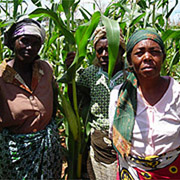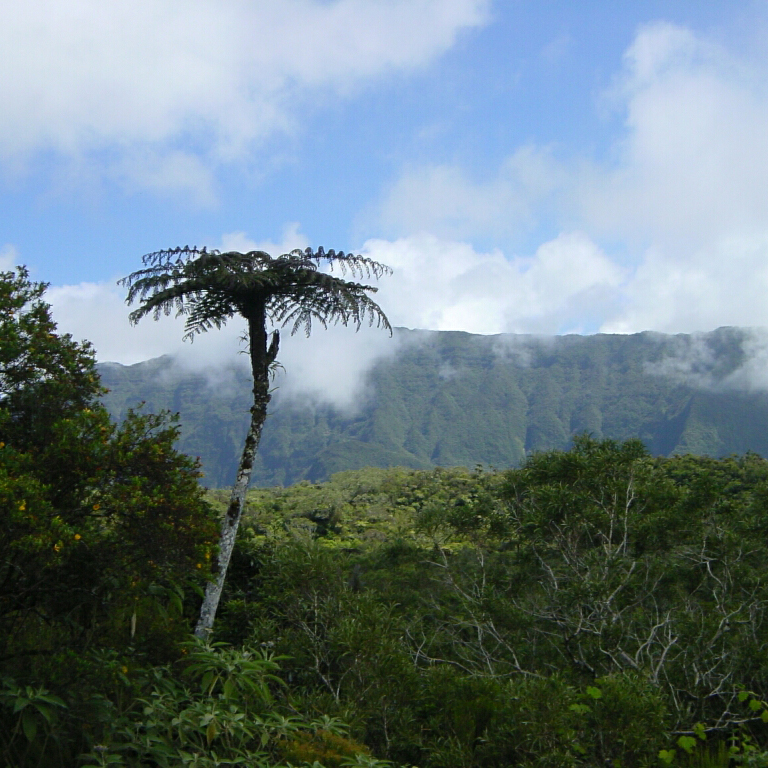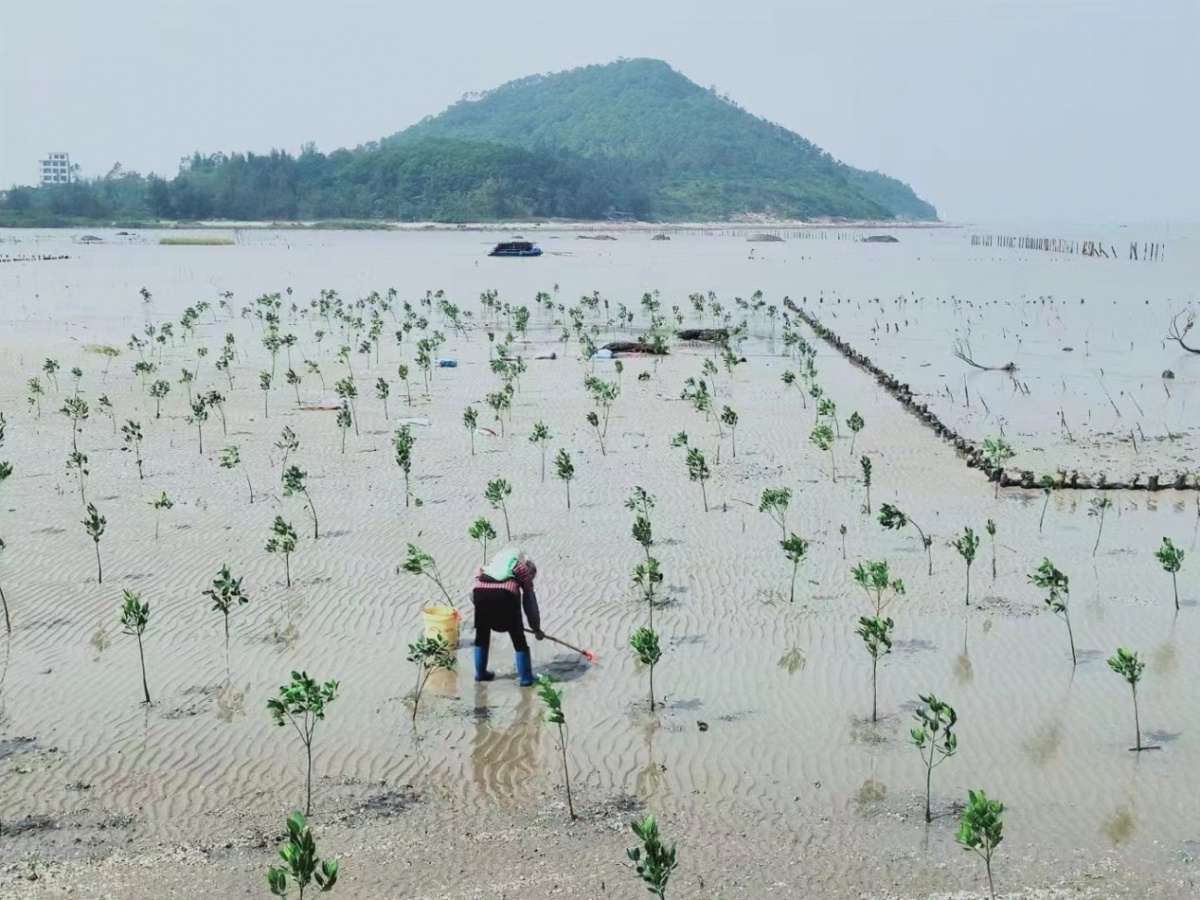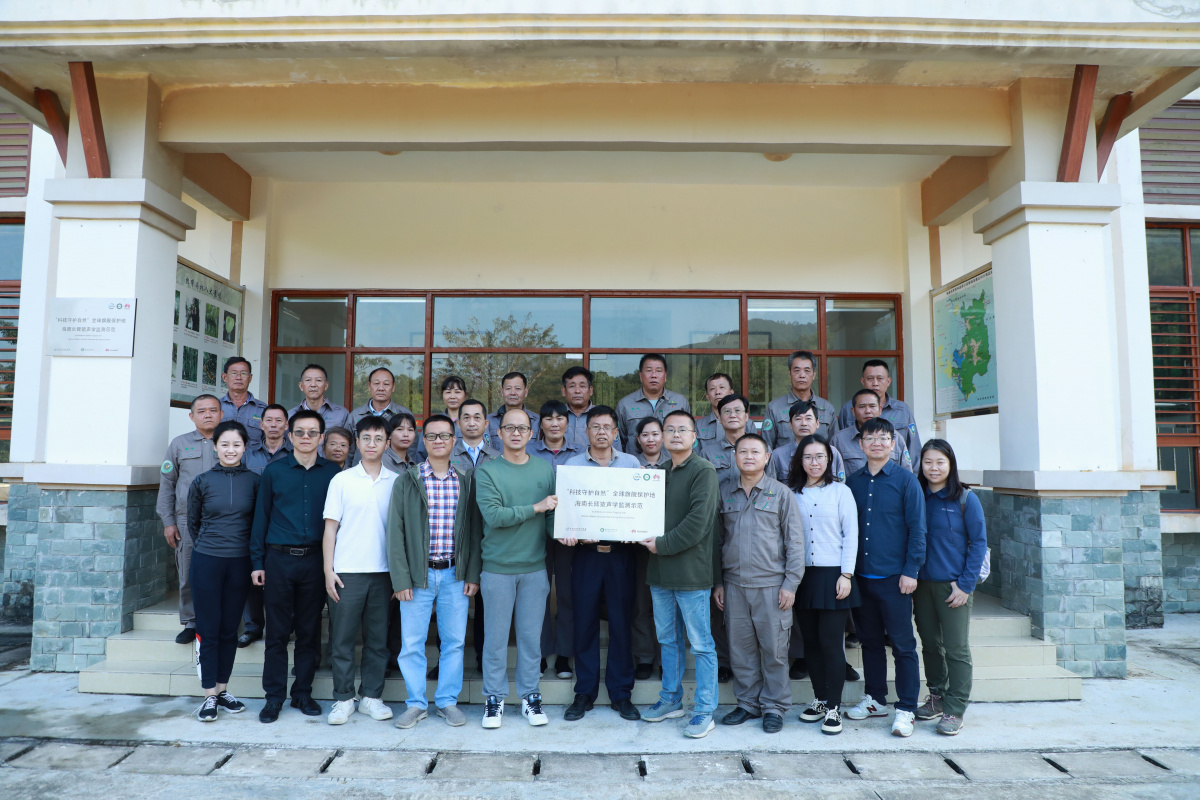Leaders define pathway to restoring 150 million hectares of lost forests
A core commitment to restore 150 million hectares of lost forests and degraded lands worldwide by 2020 is launched today at a ministerial conference in Bonn. New analysis by IUCN estimates that restoring 150 million hectares would be worth US$ 85 billion per year to national and global economies.
At the Bonn Challenge Ministeral Roundtable, a select group of ministers and chief executives of international and non-governmental organisations and companies are discussing how to benefit biodiversity and the fight against climate change through concrete restoration activities.
“The restoration of lost forests will increase carbon stocks and result in healthy and resilient ecosystems, which will provide the multiple goods and services people need, and lead to an increase in biodiversity,” says Ashok Khoshla, President of IUCN, which acts as coordinator of the Global Partnership on Forest & Landscape Restoration (GPFLR).
The landmark commitment in Bonn comes as new analysis shows that more than two billion hectares of the world’s deforested and degraded landscapes – equivalent to half the size of Asia – offer opportunities for restoration. This new global estimate is almost double the area previously considered restorable, thanks to improvements in the precision of mapping zones where climate and soils allow forests to grow.
“Recognizing that national circumstances vary enormously, this core commitment to restore 150 million hectares is a robust and realistic response to the global assessment,“ says Stewart Maginnis, IUCN’s Global Director of Environment and Development. “What is needed urgently is a country-by-country assessment of how this commitment could be achieved in line with national economic development and conservation priorities, something we have already started doing in Ghana and Mexico.”
The 150 million hectare restoration target directly relates to existing international commitments on climate change and biodiversity. It will contribute to the biodiversity convention target calling for restoration of 15% of degraded ecosystems by 2020, and the climate change convention goal on REDD-Plus, which calls for countries to slow, halt and reverse the loss and degradation of forests.
With preliminary analysis showing the value of restoring 150 million hectares to be US$ 85 billion per year, forest landscape restoration can be seen as offering the world a highly cost effective way to combat climate change, create new jobs and contribute to rural development and livelihoods.
Earlier this year, IUCN expressed its support of Rwanda’s historic announcement to restore the country’s degraded landscapes border-to-border, predicting that it could be the beginning of the biggest restoration initiative the world has ever seen. With similar bold commitments expected to be announced at the Bonn event, co-chaired by IUCN and the German government, an unprecedented global initiative is clearly gathering momentum.
For more information or to set up interviews, please contact:
• Daniel Shaw, IUCN Forest Communications, m +41 079 345 1404, e daniel.shaw@iucn.org
• Borjana Pervan, IUCN Media Relations, m +41 79 857 4072, e borjana.pervan@iucn.org
Notes to editors
REDD Plus: Reducing Emissions from Deforestation and forest Degradation, and the role of conservation, sustainable management of forests and enhancement of forest carbon stocks.
The new global restoration assessment of 2 billion hectares has been carried out by IUCN, the World Resourses Institute (WRI) and South Dakota State University SDSU for GPFLR in preparation for the Bonn Challenge event. www.wri.org/restoring-forests
The estimate of restoring 150 million ha being worth US$ 85 billion per year is made by IUCN. Based on the currently available information, our best notional estimate of the gross returns to restoring 150 million hectares of degraded forestland worldwide is on the order of 85 billion USD (2010) per year, or 570/ha-yr USD (2010) (low=163/ha; high= 996/ha) . Despite substantial regional variation, our analysis suggests that on average a bit more than one half of this value is in stored carbon (low= 12%; high= 72%) and a bit less than half is due to wood and non-wood forest products (low = 28%; high = 88%).
This estimate also reflects a lack of recreational and passive use value information that can be reasonably assigned and summed on a per hectare basis. This estimate adopts the modeling assumptions of Chiabai et al., 2010, and distributes forest restoration proportionately based on current global geographic and five forest type distributions such that that a bit more than one third of the restored lands are located in Russia, a bit less than one third of the restored lands are in Brazil and the final third distributed across the rest of the world (e.g., 10% Asia; 9% Africa).
The additional information required to make a better estimate of gross benefits include better recreational and passive use value estimates, more information derived directly from countries where the restoration is likely to take place and the relevant production, labour and opportunity cost information required to make any credible estimate of net benefits and job creation potential of forest restoration.





